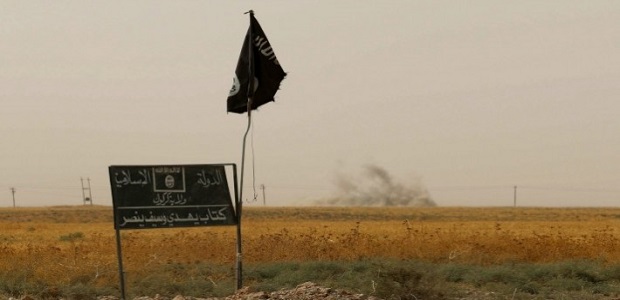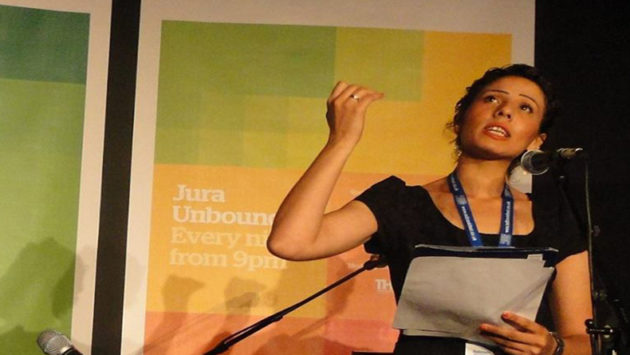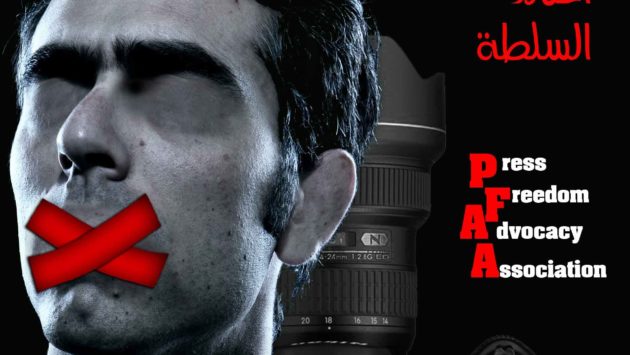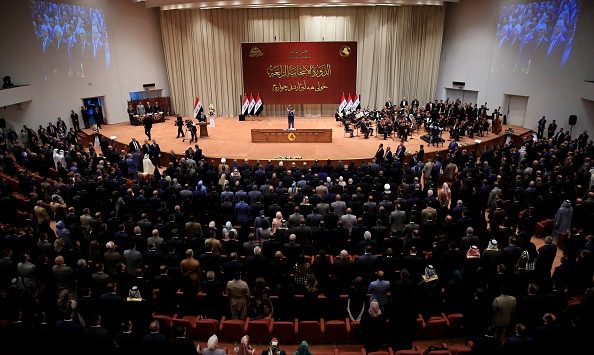Documented Biographies of 48 Abducted Journalists and 13 Journalists Executed by Daash
October 27, 2015 – Journalistic Freedoms Observatory (JFO) and Reporters Without Borders (RWB)
Since the group calling itself “the Islamic State” (or “Islamic State of Iraq and Al- Sham”, ISIS) took control of Mosul in June 2014, this Iraqi city turned into a death trap for journalists, especially after the jihadist militant group seized all local media, getting hold of the full lists of reporters’ names and addresses. Soon after that, ISIS launched a major persecution campaign targeting all types of media workers, following a decision of its Sharia court accusing reporters of violating its instructions and leaking information to local and foreign media from within the city. By these practices, ISIS seeks sowing terror among media workers, intimidating journalists and preventing them from doing their job, thus forcing them to self-censorship.
In this report, compiled over three months, Journalistic Freedoms Observatory (JFO) and Reporters Without Borders (RWB) shed light on the crimes committed by ISIS against journalists and their assistants in northern Iraq. Between 10 June 2014 and the date of publication of this report, JFO – RWB’s partner organization in Iraq – registered 48 kidnappings committed by ISIS against journalists, media assistants and students in journalism since the extremist organization took control of the city.
Among those kidnapped, 13 were executed in different brutal ways after being accused of «treason and espionage», while the fate of 10 others remain uncertain, amid claims that they are still detained in Tasfirat and Badush jails as well as in Al- Ghazlani camp. In 25 other cases, clan and tribal mediation led to the release of detainees, most of which had been subjected to severe torture. They gained their freedom in exchange of pledging to no longer exercise any media activities.
During the first day of the occupation of Nineveh province, ISIS took over 8 TV and radio buildings, seizing technical equipments and taking advantage of state-of-theart technology to broadcast the first public appearance of its radical leader Abu Bakr Al-Baghdadi. ISIS members used the cameras of Sama Mosul TV, which was owned by former city governor Athil Al-Najafi, to cover the religious sermon at the Great Mosque of Al-Nouri in central Mosul and broadcast it on website. While video production was carried out by Al-Furqan Foundation, A’maaq, Al-Bayan and Al-Hayat, the Islamic State launched Al-Bayan radio station and Dabiq TV channel, via the transmitters and equipments of the formerly government-owned Iraqi Media Network and other media organizations.
The Islamic State, headed by Ibrahim Awad Al-Badri, alias Abu Bakr Al-Baghdadi, decided to cut off all communications, mobile phone services and the Internet in all of Mosul.
In the wake of that, journalists fled Mosul en masse. According to statistics compiled by the Journalistic Freedoms Observatory over one year, more than 60 reporters and media assistants left the city, 15 of whom seeking refuge outside the country, while others headed for the capital Baghdad and the Kurdistan region. Meanwhile, some 20 others are still stuck inside the city, now fully controlled by ISIS.
Through instructions published by its media centers, the Islamic State had threatened «to kill» anyone who reported information and news from within the city. Aiming to silence all journalists in Mosul, ISIS Sharia Court accused them of violating its directives by continuing their journalistic activities and leaking information to local and foreign media.
Local media professionals from Mosul and outside the city report to JFO that «all journalists who have not left the city have adhered unequivocally to ISIS’s instructions of not practicing the profession or contact any media outlet, whether Iraqi or foreign, even before the start of this series of arrests and executions targeting reporters and media workers in the city».
Among the many journalists who had left Mosul under the fierce persecution campaigns targeting the media, some had no other choice than to return to the city, after being neglected by the federal authorities and the different journalists unions on the one hand, and having failed to settle in the capital Baghdad or in the Kurdistan region on the other. They were executed by ISIS Shariah courts upon their return.
To read the report, click here





